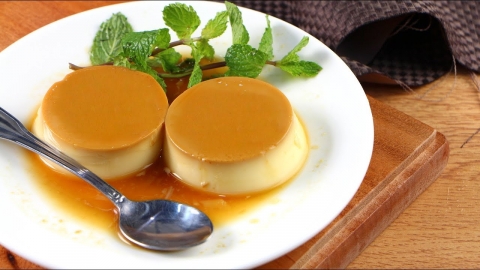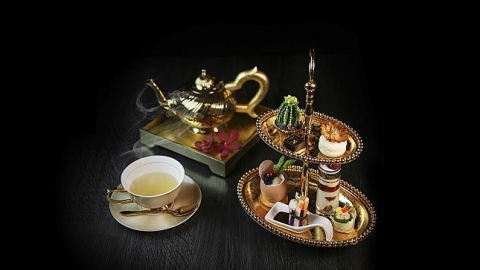Stewed meat in a traditional Tanjine
The Moroccans themselves advised me: “You must definitely get lost in Marrakech.” And I was truly lost in the culinary maze of Marrakech, with all kinds of tanjine, boiled sheep’s heads, round breads, dried dates, pickled olives and sweet fresh orange juice.
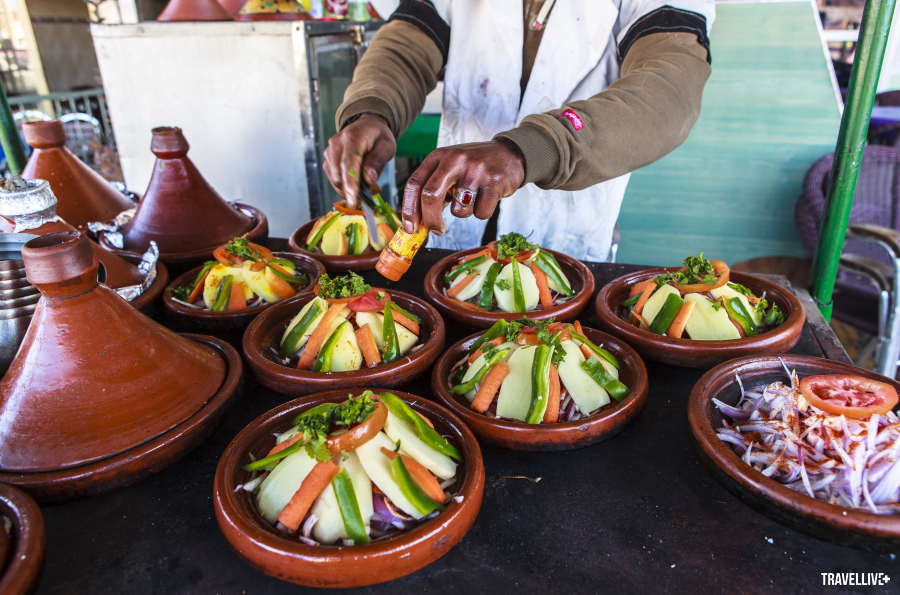
Tajine, in particular, is a dish that can be ordered in any restaurant in Marrakech, from luxury restaurants with seductive belly dancers to small, hidden-away stalls in small alleys. This is a traditional stew cooked over a charcoal fire. The name tajine comes from the container it is served in: a large, deep earthenware dish with a conical lid.
Tajine is produced in many sizes and decorated with different patterns and colors. Thanks to its special shape, the food in Tajine is always cooked soft, soaked in delicious spices while still keeping its shape. During my two days in Marrakech, I took the opportunity to try different types of Tajine, from beef, goat, lamb to chicken and vegetables. Tajine dishes have different flavors thanks to the mixed doses of spices such as coriander, pepper, chili, turmeric, olives, and star anise, which are roasted and crushed.

The most impressive dish for me was the lamb Tajine that I enjoyed at the Marrakech night market. The lamb was cured of its usual stench, stewed with potatoes, olives, eggplant, onions and spicy green pepper. The more I enjoyed it, the more I realized the richness and diversity of Moroccan cuisine, not only in the abundant main ingredients but also in the blend of hundreds of special spices of the North African region.
✏ Address: Head to the heart of Marrakech's old market, located in Jemaa el-Fnaa square. The market opens late into the night and offers a wide variety of Moroccan street food.
Pa'pion pork grilled in bamboo tubes of the Toraja people, Indonesia
Surprisingly, Tana Toraja has a large Protestant community, so pork is more popular than in other parts of the country with the largest Muslim population in the world. Sulawesi is densely forested and has a lot of bamboo on the island. The Toraja have used bamboo to build their traditional curved-roof houses for hundreds of years. They also use them to make their own unique dishes. Looking at the bamboo tubes as big as the arms of muscular young men, burnt black from being burned on fire, I thought it was like the sticky rice dish of the Northwest of Vietnam.
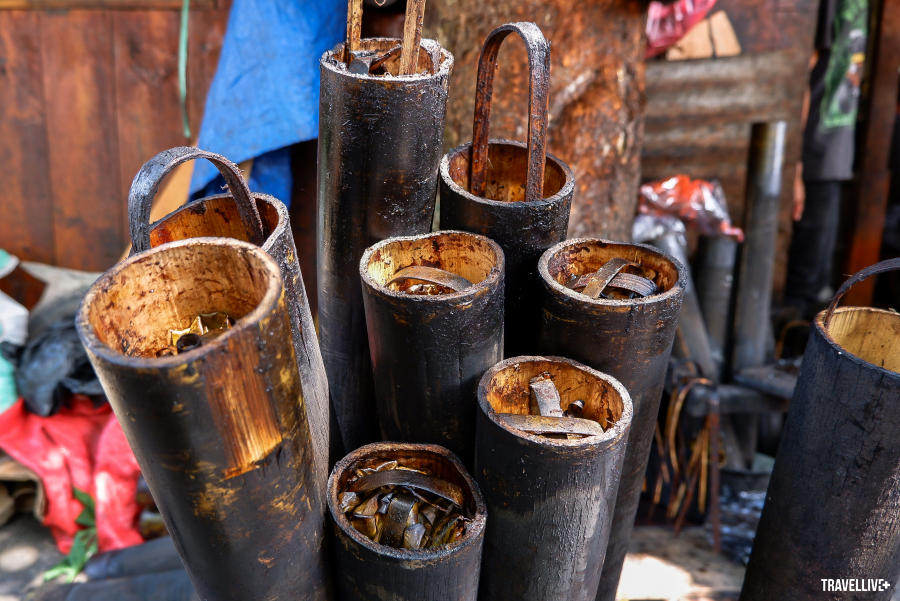
Pigs in Tana Toraja are free-range so their meat is firm. They slice the pork and marinate it with some spices such as salt, sugar, black pepper, shallots, galangal, star anise, and crushed lemon leaves. An important ingredient for this dish is chopped perilla leaves, which are put together with the pork and wrapped in wild banana leaves before being tightly packed inside a bamboo tube. They grill it over hot coals and constantly turn the tube so that the meat is cooked evenly. After about 45 minutes, a batch of meat is cooked to perfection with the fragrant smell of perilla leaves rising from the bamboo tube. This dish is served with rice and a little spicy satay on top of the grilled meat and eaten with your hands to become a true Toraja native!
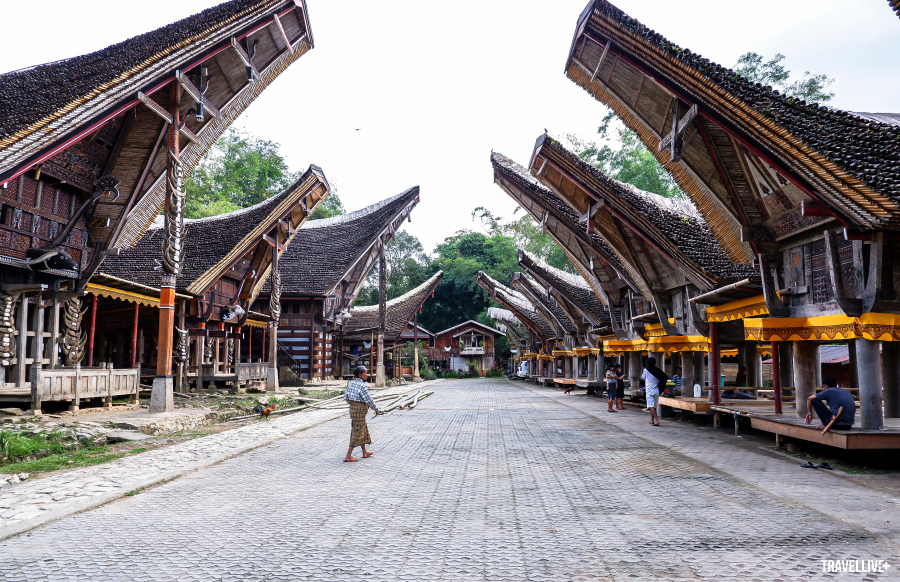
✏ Address: If you want to enjoy the unique grilled Pa'pion pork in bamboo tubes of the Toraja people on Sulawesi island, you can go to any local restaurant here.
Sip a cup of coca leaf tea on Taquile Island, Peru
I walked the length of Taquile Island, once home to the Inca civilization, a peaceful atmosphere surrounded by the calm blue waters of Lake Titicaca.
At 3,812 m, Taquile made me dizzy even though I was very confident in my ability to adapt to the altitude. There is a type of leaf called coca leaf that people grow in front of their houses or on the slopes leading down to the lake. They are harvested and sold everywhere around Lake Titicaca. This is the type of leaf used to produce Coca Cola and, even more shockingly, used to make cocaine.
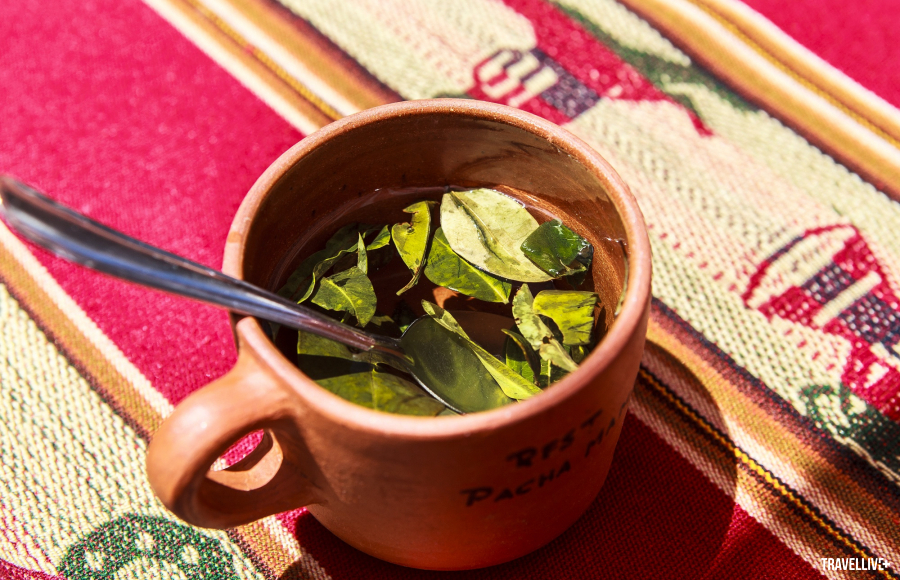
I stopped at a roadside cafe, sipped a cup of coca tea with a faint scent, slowly nibbling the coca leaves in my mouth, inhaling the fresh air of Taquile and feeling refreshed. Indeed, it was this cup of tea with a faint scent of coca that helped the people here cope with the harsh weather conditions at an altitude of over 3,200 m, just from a cup of hot tea in the early morning.
✏ Address: You can enjoy a cup of coca leaf tea on Taquile Island at roadside stalls on the journey from Puno city to Lake Titicaca.

























